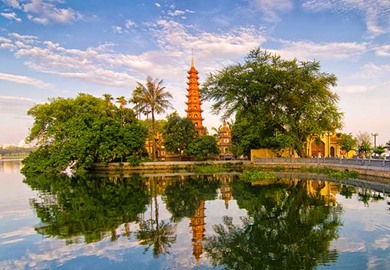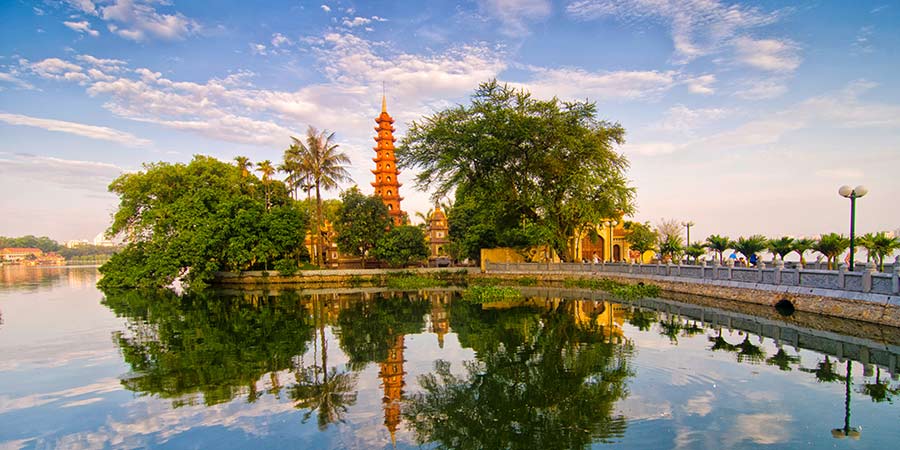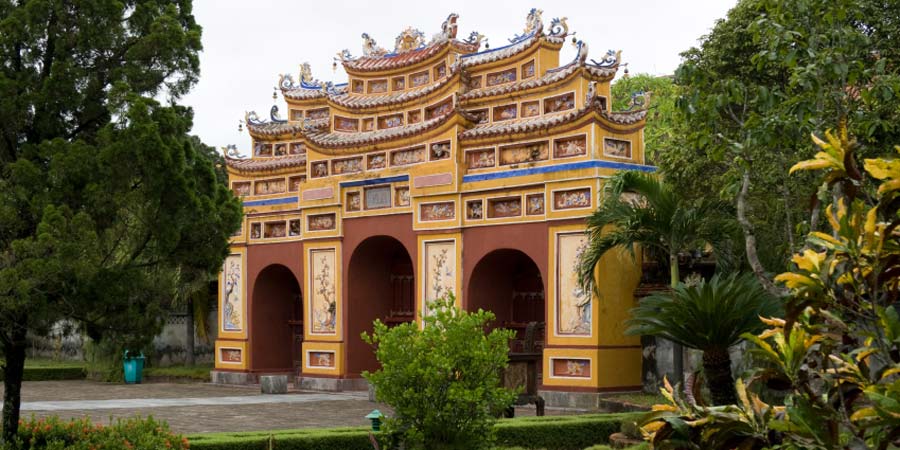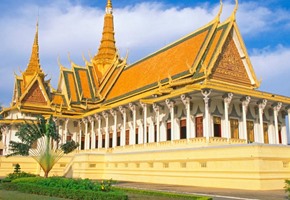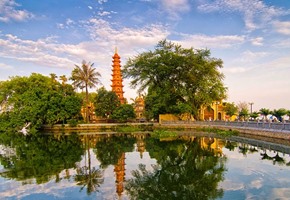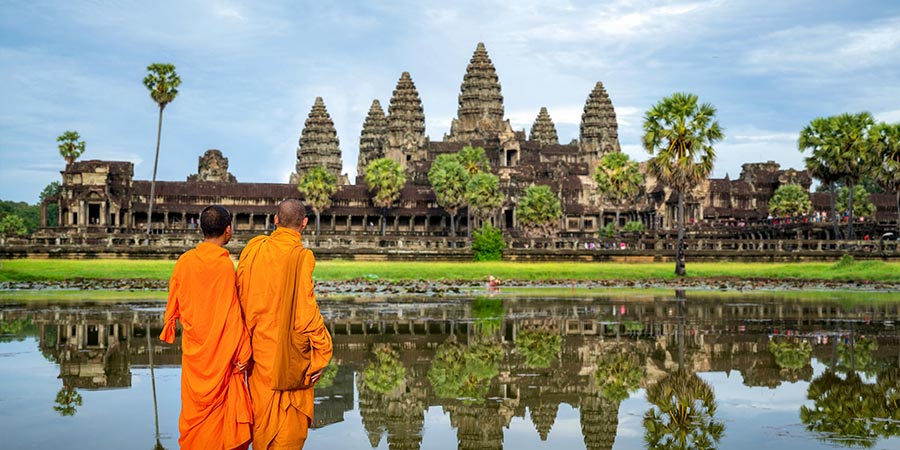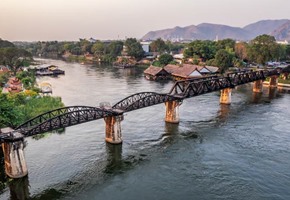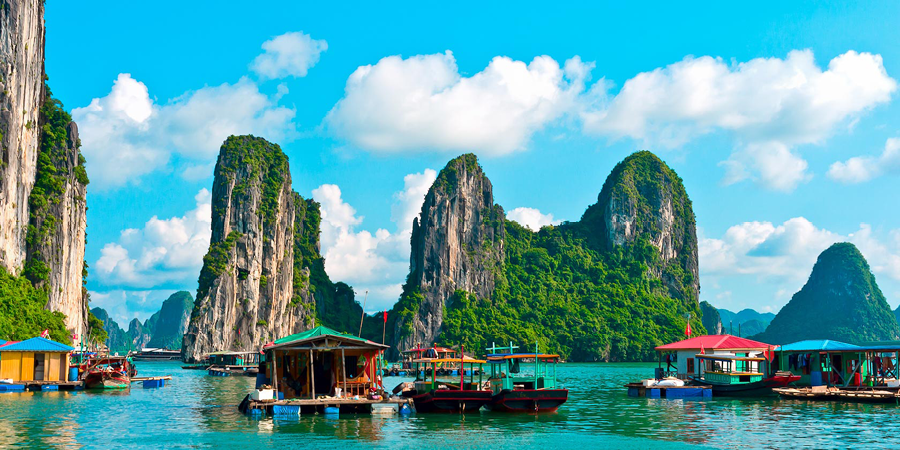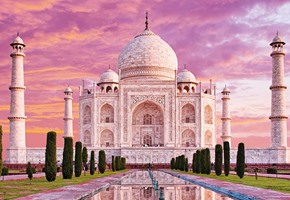Discover Hanoi Holidays
Vietnam's capital is a city where centuries of history and
everyday life unfold before your eyes, offering a rich landscape of
experiences for every traveller. Its streets buzz with scooters,
temples sit beside French-colonial facades and life spills out onto
the pavements - giving visitors a glimpse into the rhythms of daily
life.
In Hanoi's Old Quarter, discover tranquil Hoan Kiem Lake, home
to the red bridge that leads to Ngoc Son Temple and explore the
elegant Temple of Literature, Vietnam's first national university.
Tour the city's food scene, where incredible smells tempt you
around every corner. Sample favourites including iconic pho, bun
cha and fresh banh mi, or take a break in one of Hanoi's quirky
cafes with a coconut coffee or a sweet, strong nua da.
Beyond the capital, the emerald waters and dramatic limestone
cliffs of Ha Long Bay are just a few hours away - a perfect
compliment to Hanoi's energy and historic charm.




